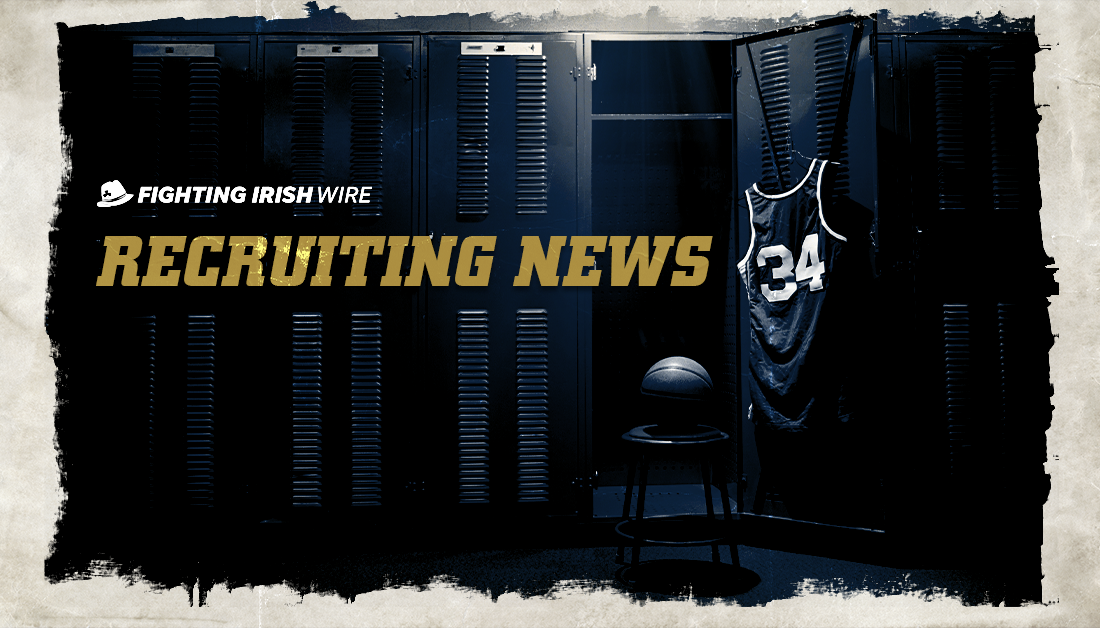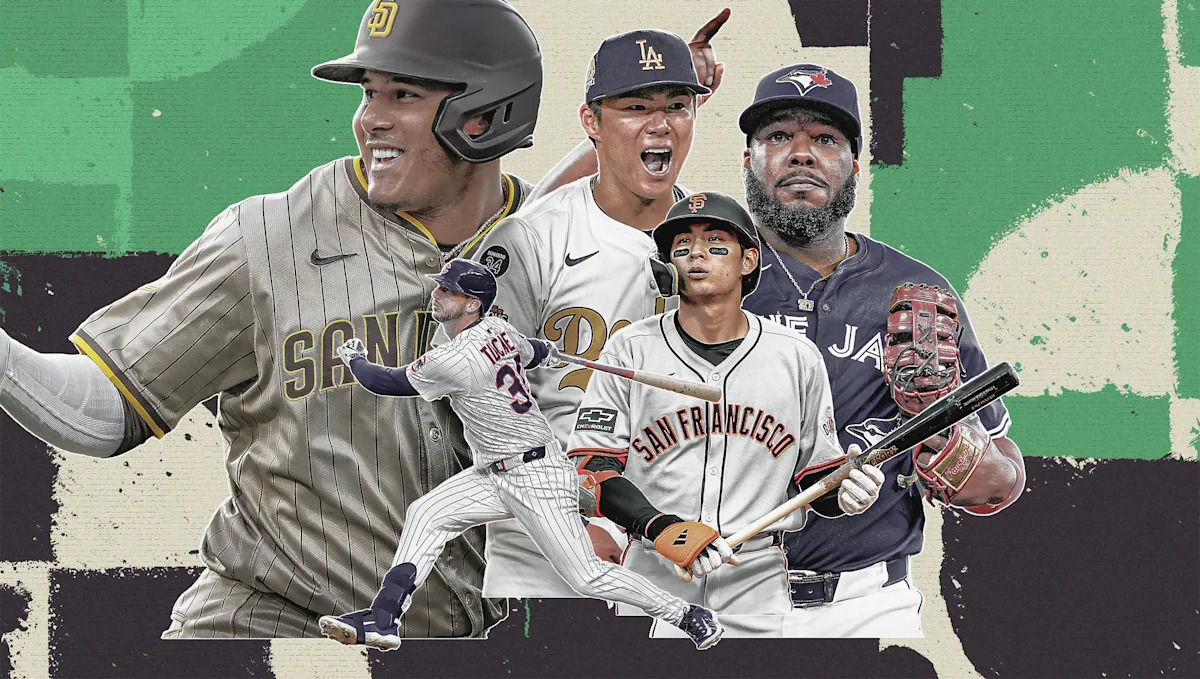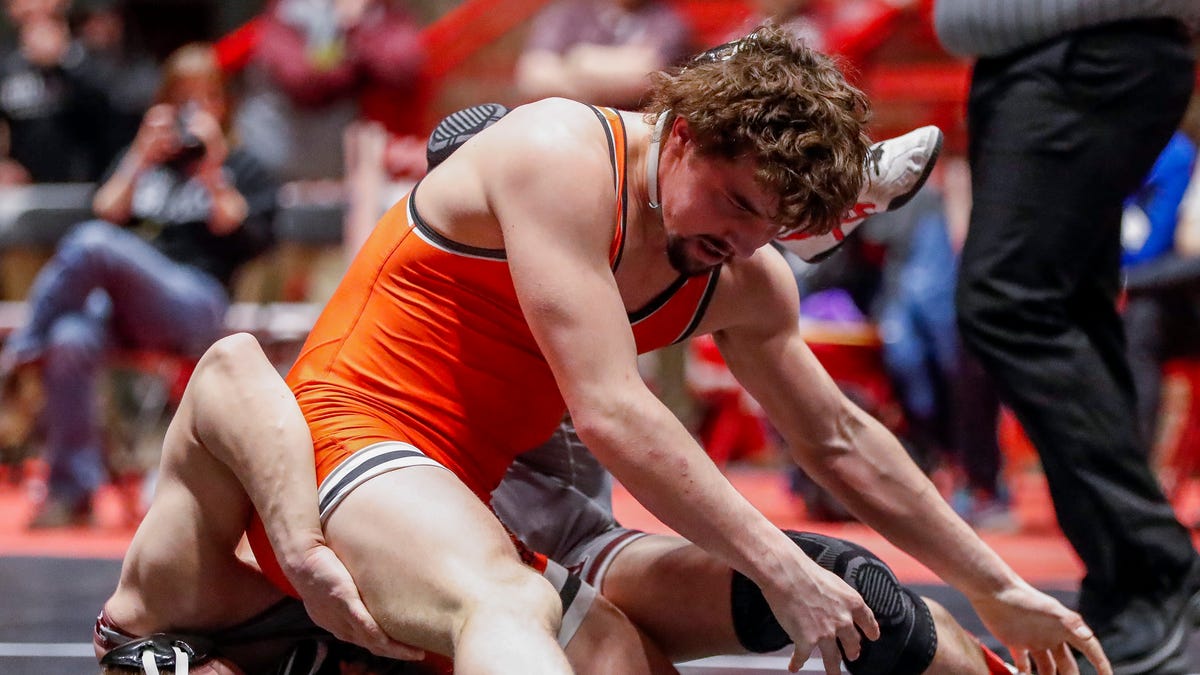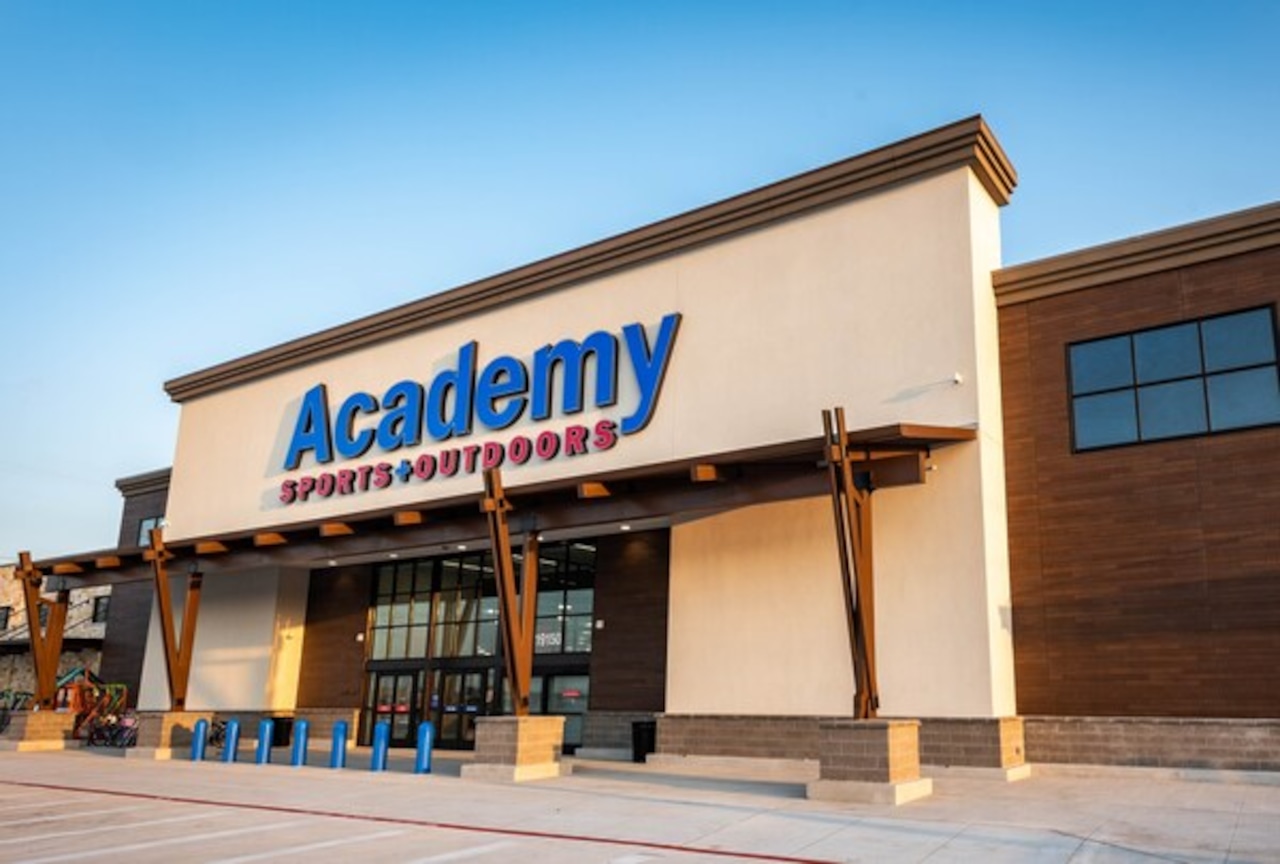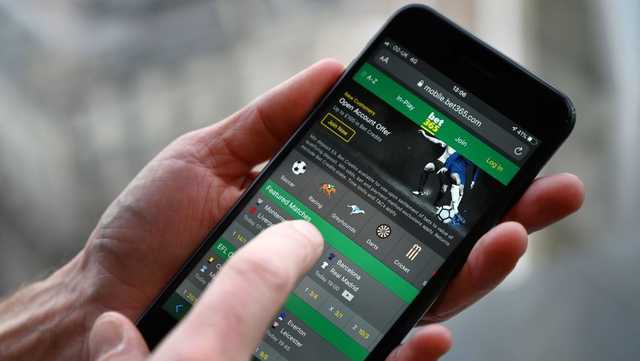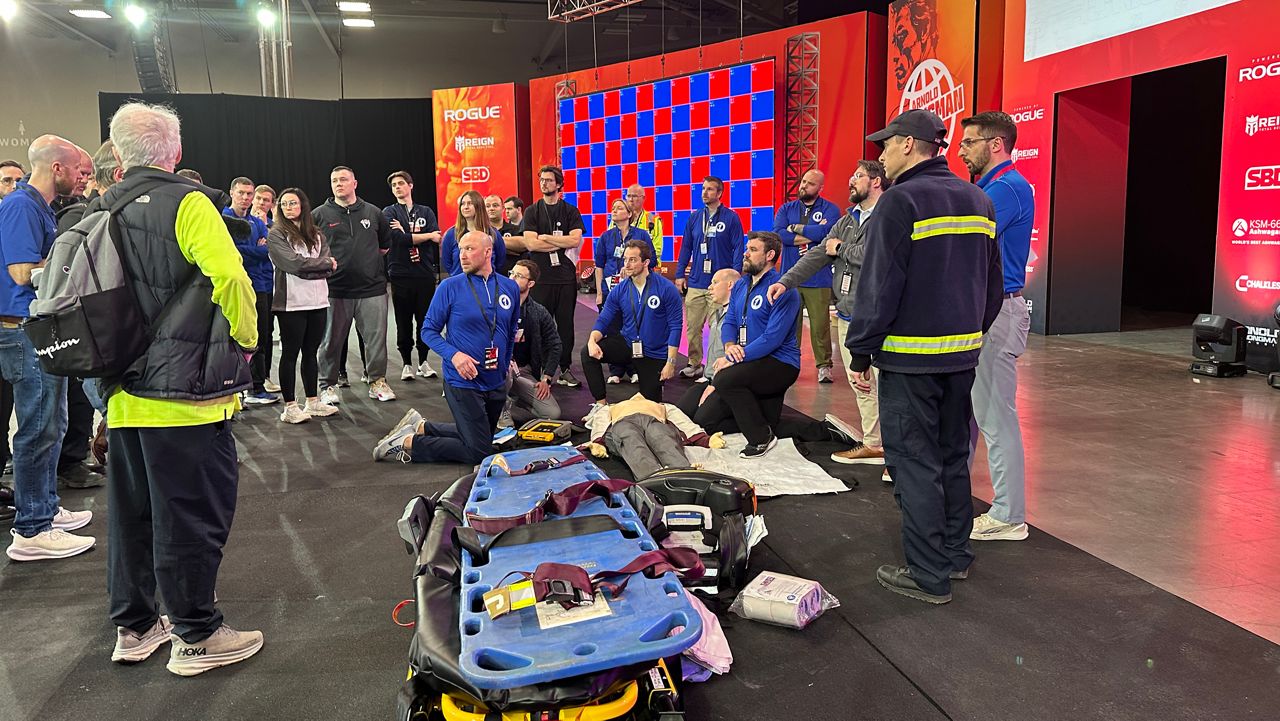Beyond the Scoreboard: How Vanderbilt's Club Sports Transform Student Life
Sports
2025-04-08 14:36:37Content
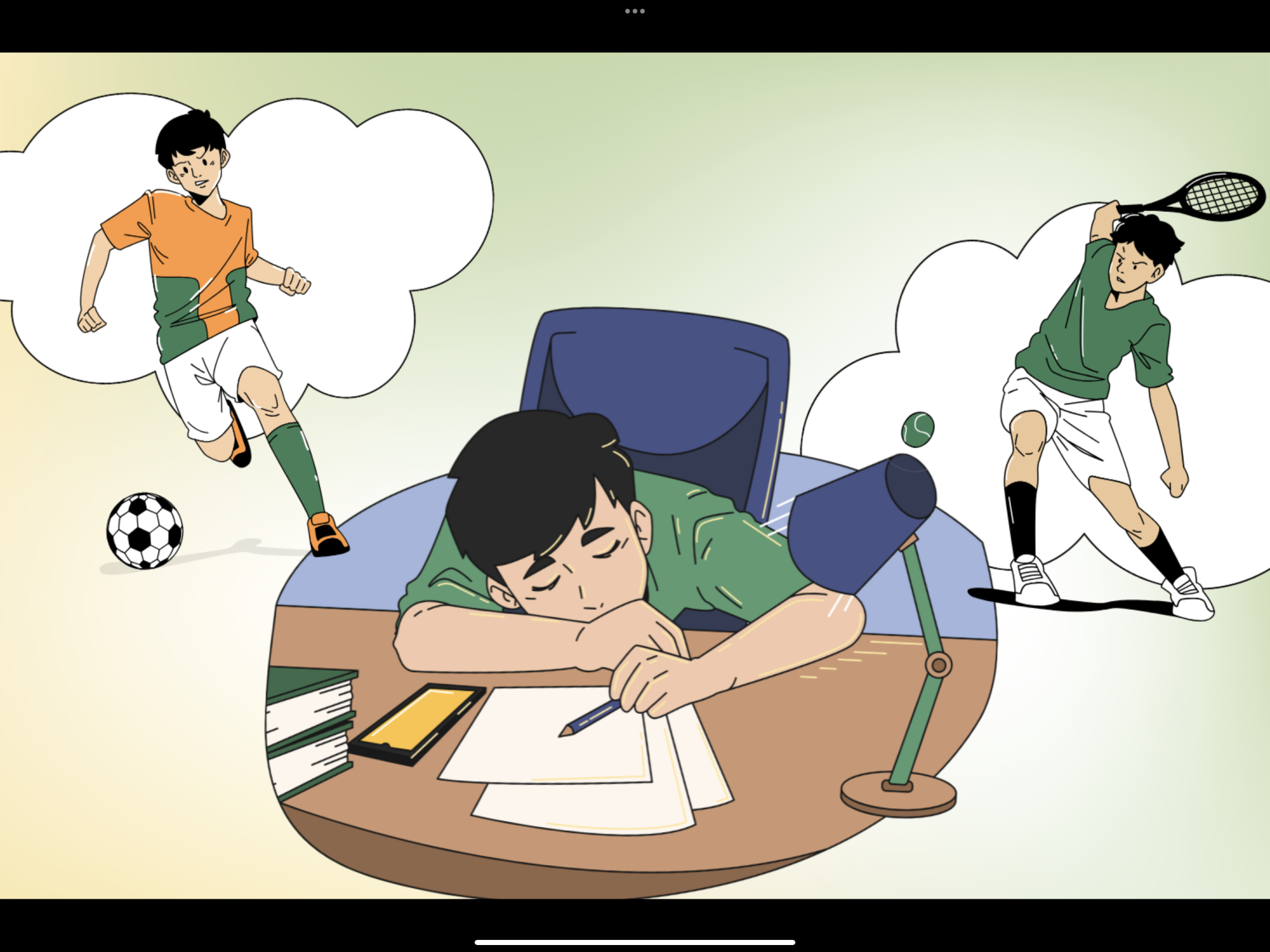
Walk into any lecture hall at Vanderbilt, and you'll quickly notice a common thread among students: a rich athletic background. Beyond academic excellence, many Commodores share a vibrant history of high school sports participation. For these students, athletics wasn't just a pastime—it was a sanctuary from academic pressures, offering a dynamic balance between intellectual pursuits and physical challenge.
Sports served as more than just an extracurricular activity; they were a transformative experience that taught discipline, teamwork, and resilience. Whether they were star quarterbacks, dedicated swimmers, or passionate soccer players, these students brought the same competitive spirit and dedication to their academic endeavors that once defined their athletic careers.
The transition from high school athlete to college student represents a significant shift, but the core skills developed on the playing field—perseverance, time management, and goal-setting—continue to serve Vanderbilt students well in their academic and professional journeys.
From High School Fields to College Halls: The Transformative Power of Collegiate Club Sports
The transition from high school athletics to collegiate life represents more than just a change in academic environment. For countless students, the athletic journey continues to shape personal growth, social connections, and holistic development beyond traditional varsity sports programs. Club sports emerge as a critical pathway for maintaining athletic passion, building community, and developing critical life skills in the dynamic landscape of higher education.Unleash Your Potential: Where Passion Meets Opportunity in Collegiate Athletics
The Evolving Landscape of Collegiate Athletic Participation
The contemporary college experience has dramatically transformed how students engage with athletic pursuits. Unlike traditional varsity models, club sports provide a flexible, inclusive environment that celebrates diverse athletic talents and backgrounds. These programs represent more than recreational activities; they are sophisticated platforms for personal development, skill enhancement, and community building. Students who participated in high school sports often find club sports an ideal mechanism for continuing their athletic journey. These programs offer structured yet adaptable frameworks that accommodate academic rigors while providing meaningful physical and social engagement. The psychological benefits extend far beyond physical fitness, encompassing stress management, team dynamics, and personal growth strategies.Psychological and Social Dimensions of Club Sports Participation
Psychological research consistently demonstrates the profound impact of continued athletic participation during collegiate years. Club sports create unique ecosystems where students can maintain physical wellness, develop interpersonal skills, and cultivate resilience. The intrinsic motivation derived from voluntary participation distinguishes these programs from mandatory athletic requirements. Neurological studies suggest that sustained athletic engagement contributes to enhanced cognitive function, emotional regulation, and stress mitigation. Club sports participants often report higher levels of academic performance, improved time management skills, and greater social integration compared to non-athletic peers.Skill Development Beyond Physical Performance
Club sports transcend traditional athletic paradigms by emphasizing holistic skill development. Participants learn complex leadership strategies, collaborative problem-solving techniques, and emotional intelligence through intense team interactions. These experiences provide practical leadership laboratories where theoretical concepts transform into tangible personal capabilities. Communication skills, strategic thinking, and adaptability emerge as critical competencies cultivated within club sports environments. Students learn to navigate complex interpersonal dynamics, manage diverse personalities, and develop nuanced conflict resolution strategies that prove invaluable in professional contexts.Economic and Professional Implications of Club Sports Engagement
The professional landscape increasingly values candidates with demonstrated teamwork and leadership experiences. Club sports participants gain competitive advantages through documented experiences of collaborative achievement, strategic planning, and consistent performance under pressure. Employers recognize the transferable skills developed through sustained athletic participation. Time management, goal-setting, resilience, and collaborative capabilities represent premium attributes in contemporary professional environments. Club sports serve as sophisticated training grounds for future workplace success.Technological Integration and Modern Club Sports Ecosystems
Emerging technological platforms are revolutionizing club sports management and participant experiences. Advanced analytics, performance tracking systems, and digital communication tools enable more sophisticated engagement models. These innovations transform traditional athletic participation into data-driven, personalized development experiences. Virtual coaching, remote training modules, and comprehensive performance monitoring represent cutting-edge developments in collegiate athletic ecosystems. Club sports are no longer confined to physical spaces but exist within dynamic, interconnected technological frameworks that enhance learning and performance optimization.Diversity and Inclusion in Collegiate Athletic Environments
Club sports programs increasingly serve as powerful mechanisms for promoting diversity, equity, and inclusion. These environments welcome students from varied backgrounds, skill levels, and athletic experiences. The emphasis on participation over elite performance creates more accessible, supportive athletic communities. Intersectional perspectives within club sports challenge traditional athletic narratives, creating spaces where individual differences are celebrated rather than marginalized. These programs demonstrate how athletic participation can become a powerful vehicle for social integration and mutual understanding.RELATED NEWS
Sports
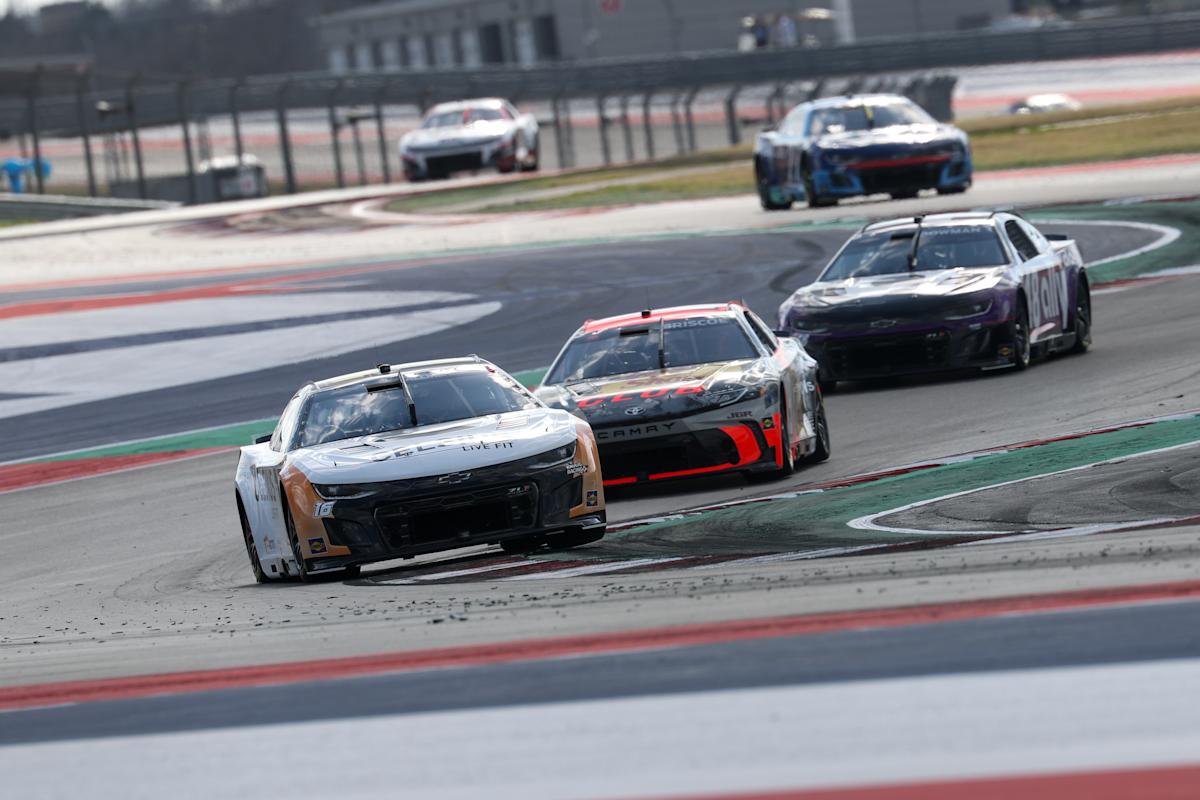
Racing Chaos at COTA: NASCAR Vows to Clarify Controversial Track Limit Rules
2025-03-04 16:49:51


